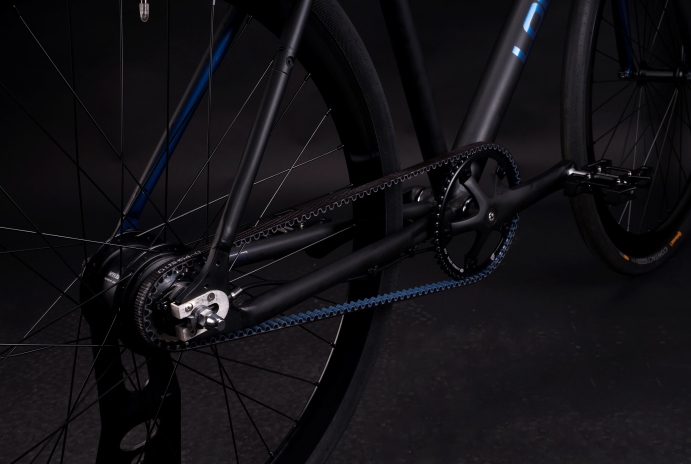- Arabic
- French
- Russian
- Spanish
- Portuguese
- Turkish
- Armenian
- English
- Albanian
- Amharic
- Azerbaijani
- Basque
- Belarusian
- Bengali
- Bosnian
- Bulgarian
- Catalan
- Cebuano
- Corsican
- Croatian
- Czech
- Danish
- Dutch
- Afrikaans
- Esperanto
- Estonian
- Finnish
- Frisian
- Galician
- Georgian
- German
- Greek
- Gujarati
- Haitian Creole
- hausa
- hawaiian
- Hebrew
- Hindi
- Miao
- Hungarian
- Icelandic
- igbo
- Indonesian
- irish
- Italian
- Japanese
- Javanese
- Kannada
- kazakh
- Khmer
- Rwandese
- Korean
- Kurdish
- Kyrgyz
- Lao
- Latin
- Latvian
- Lithuanian
- Luxembourgish
- Macedonian
- Malgashi
- Malay
- Malayalam
- Maltese
- Maori
- Marathi
- Mongolian
- Myanmar
- Nepali
- Norwegian
- Norwegian
- Occitan
- Pashto
- Persian
- Polish
- Punjabi
- Romanian
- Samoan
- Scottish Gaelic
- Serbian
- Sesotho
- Shona
- Sindhi
- Sinhala
- Slovak
- Slovenian
- Somali
- Sundanese
- Swahili
- Swedish
- Tagalog
- Tajik
- Tamil
- Tatar
- Telugu
- Thai
- Turkmen
- Ukrainian
- Urdu
- Uighur
- Uzbek
- Vietnamese
- Welsh
- Bantu
- Yiddish
- Yoruba
- Zulu
Okt . 08, 2024 10:37 Back to list
Understanding Timing Belt Tooth Design and Its Impact on Engine Performance
Understanding Timing Belt Teeth An Essential Component in Engine Performance
The timing belt is a crucial component in many internal combustion engines, playing a vital role in maintaining the engine's precision and performance. At the heart of the timing belt's functionality are the teeth that interlock with the gears, ensuring that the crankshaft and camshaft rotate in perfect harmony. Understanding the intricacies of timing belt teeth is essential for anyone looking to maintain or repair their vehicle effectively.
The Role of Timing Belt Teeth
The primary function of timing belt teeth is to synchronize the movement of the engine's camshaft and crankshaft. This synchronization ensures that the engine's valves open and close at the correct times during the engine cycle, allowing for optimal airflow and fuel mixture intake. If the timing belt or its teeth become damaged or worn, it can lead to severe engine problems, including misfiring, loss of power, and even catastrophic engine failure in some cases.
Types of Timing Belt Teeth
Timing belts come in different designs, typically characterized by their tooth profiles and material compositions. The most common types of teeth profiles include trapezoidal, curved, and synchronous. Each of these designs serves a specific purpose, dictating how the belt engages with the pulleys and how efficiently it transfers power.
Trapezoidal teeth are designed for strong engagement and are commonly used in many vehicles. Curved teeth provide a smoother operation and reduce noise, while synchronous teeth offer precise timing control, making them ideal for high-performance engines. The choice of timing belt tooth design can significantly impact the overall performance of the engine.
timing belt teeth

Material and Durability
The durability and longevity of timing belt teeth are heavily influenced by the materials used in their construction. Most modern timing belts are made from a combination of rubber and reinforced fibers, providing both flexibility and strength. Some high-performance models utilize materials like polyurethane or neoprene, which can withstand higher temperatures and reduce wear over time.
Regular inspections of the timing belt and its teeth are crucial to maintaining engine health. Over time, exposure to heat, oil, and engine components can lead to degradation of the belt material and wear of the teeth. Signs of wear include fraying, cracks, or missing teeth, all of which indicate that the timing belt needs to be replaced.
Replacement and Maintenance
Experts recommend replacing the timing belt every 60,000 to 100,000 miles, depending on the manufacturer’s specifications. Failure to replace a worn timing belt can result in costly repairs and may even lead to an engine rebuild. Regular maintenance checks can help catch any signs of wear early, allowing for timely replacements and ensuring that the engine operates smoothly.
In conclusion, timing belt teeth are more than just simple components; they are integral to the performance and efficiency of an engine. Understanding how these teeth work and recognizing the importance of their maintenance can lead to improved vehicle reliability and longevity. Whether you are a car enthusiast or a casual driver, taking care of your timing belt is essential for a well-functioning vehicle.
-
Korean Auto Parts Timing Belt 24312-37500 For Hyundai/Kia
NewsMar.07,2025
-
7PK2300 90916-T2024 RIBBED BELT POLY V BELT PK BELT
NewsMar.07,2025
-
Chinese Auto Belt Factory 310-2M-22 For BMW/Mercedes-Benz
NewsMar.07,2025
-
Chinese Auto Belt Factory 310-2M-22 For BMW/Mercedes-Benz
NewsMar.07,2025
-
90916-02660 PK Belt 6PK1680 For Toyota
NewsMar.07,2025
-
drive belt serpentine belt
NewsMar.07,2025

